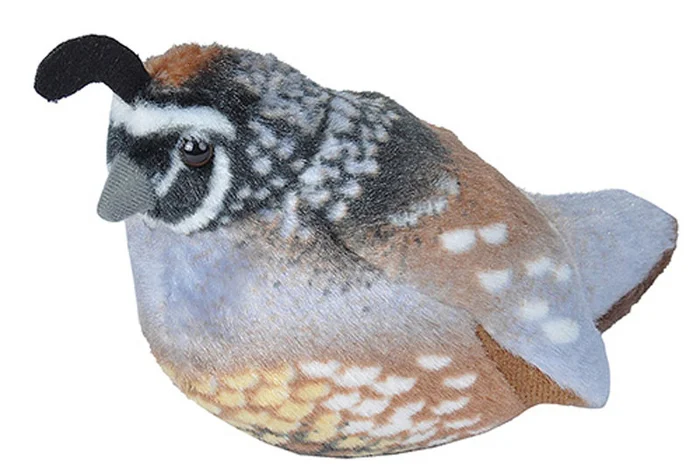Description
offers a perfectly balanced family learning science course that includes amplecontent and laboratory opportunities to meet traditional high school labcredit. The key here is flexibility, with options for all ages. Parents canchoose activities based on student ages, abilities, and interests. The firstunit, Living Things, begins with the scientific method and scientificsketching, lab safety, and using a microscope. Students then study cells,microorganisms, and the classification system. Unit 2, Biodiversity, teachesgenetics and DNA, adaptation, natural selection, epigenetics, and speciation.Darwin’s theory of evolution is studied. Students are encouraged to reasonthrough beliefs like “if evolution is true does that automatically mean God isnot true?” and answering questions about the origins of life. This is donewithout biblical instruction/references, and parents are encouraged to teachchildren their own personal beliefs about the evolutionary process. Unit 3,Plants, looks at plant cells and the parts of the plant, photosynthesis, simpleplants (moss and ferns), conifers, flowering plants, fungi, spores, and mold.The next unit, Invertebrates, focuses on the phyla: Arthropoda, Mollusca,cnidaria, porifera, Echinodermata, and Annelida. In this unit, dissection isintroduced as older students are encouraged to dissect an earthworm, starfish,and grasshopper. The following unit, Cold-Blooded Vertebrates, covers aquaticlife (fish, shark, seahorse), amphibians, and reptiles. The older learner willdissect a frog. Next, is the Warm- Blooded Vertebrates unit, which covers birdsand mammals. Fetal pigs are dissected. Ecology follows with students learningabout ecosystems, hibernation, conservation, extinction, and decompositionstudied. The next unit, the Human Body, covers the skeletal and muscle systems,skin, circulation, respiration, digestion, and the brain and nerves. Olderstudents will dissect a sheep heart and brain, and the cow eye. The final unit,Health, teaches the immune system, nutrition, and exercise, caring for ourbodies, and the reproductive system. Students will learn about germs, virusesand pathogens, vaccinations, macro/micronutrients, drugs and addiction, andmental and emotional health. The final section in the unit covers thereproductive system and includes male and female reproduction, menstruation,pregnancy and fetal development, and sexually transmitted infections. Parentsare encouraged to have age-appropriate discussions with children regardingthese topics, and the authors have provided a variety of teaching tips on thetopics. A suggested list of library books and You Tube® videos are included to enrich thelessons. Students will also need accessto a notebook and paper (or the #029663),the internet, art and craft supplies and other household items. As a familyfocused, multilevel curriculum, there are a lot of options and flexibilitybuilt into each unit. Recommended core books used throughout the year include:the (#004894), the and the . If unable tofind one of these options, any quality Children’s Encyclopedia will work–parents will need to align lessonswith chapters and page numbers.
Depending on the age(s) of your children, required supplies for theexperiments include: 250 ml and three 150 ml Beakers, Graduated Cylinder,Electronic Balance, Compound Light Microscope (40,100, 400x), Blank microscopeslides and covers, Methylene Blue, Prepared Microscope slides (Biology SlideSet that includes mitosis, a leaf cross section, muscle tissue, and human skin),seeds (bean and corn), dry beans and split peas, iodine, spider plant, petridishes with agar, sterile cotton swabs, disposable gloves, distilled water,dropper, blood typing kit, magnifying glass, Identification Guides (Plant,Mammal, and Tree), plywood, sandpaper, a dissection kit and the followingspecimens (worm, starfish, frog, sheep heart, sheep brain, cow eye, and owlpellet), fish tank and supplies, chicken thigh bone, bonemeal fertilizer andall-purpose fertilizer, beef marrow bones, vinegar, and Baker’s Yeast. Additionaloutdoor/nature and household items are also used.






Reviews
There are no reviews yet.